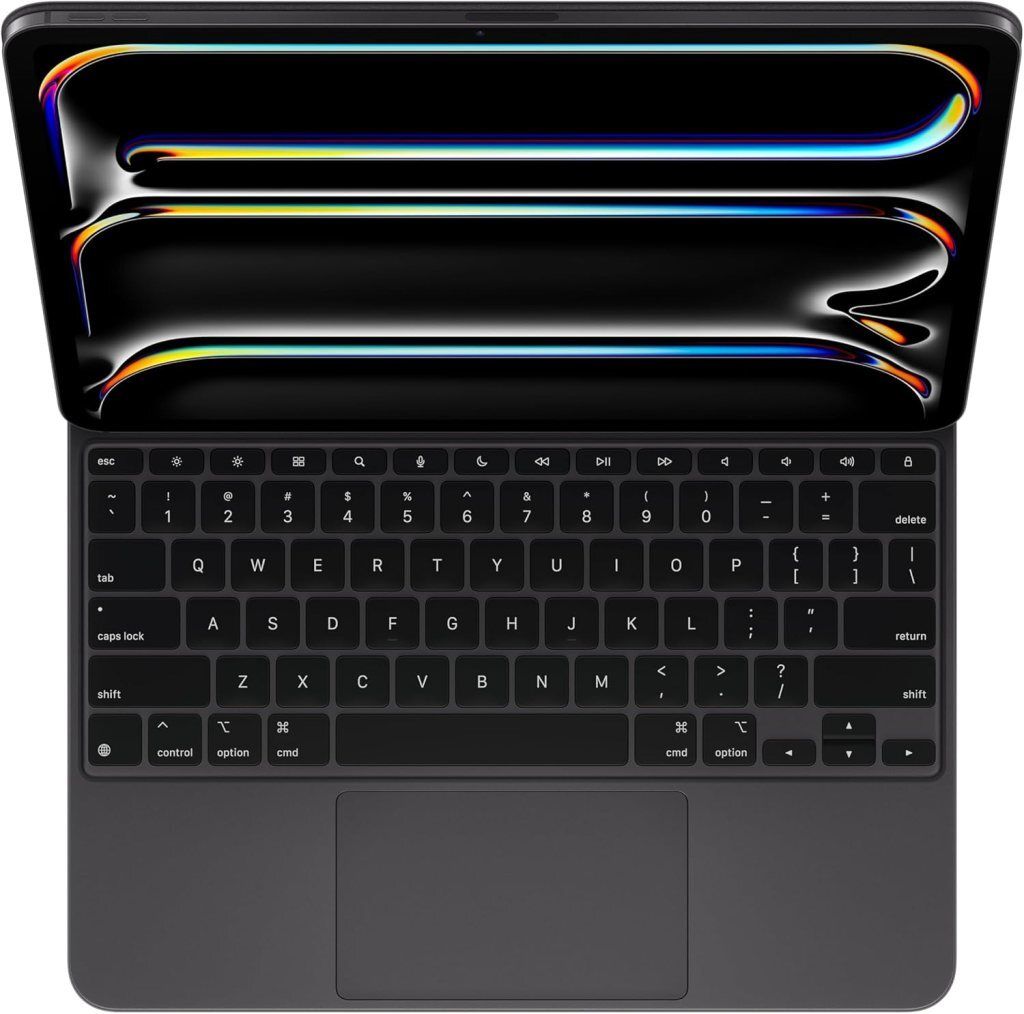- Ark's Newsletter
- Posts
- This New iPad Update Almost Replaces Your Laptop—Here’s What’s Missing
This New iPad Update Almost Replaces Your Laptop—Here’s What’s Missing
Apple’s latest iPadOS update supercharges the iPad like never before—but is it finally ready to replace your laptop for work, creativity, or travel?

The iPad’s Evolution: A New Era with iPadOS 26
The iPad has always been a device of immense potential, but its identity has often felt caught between being a tablet, a laptop, and something entirely unique. With the release of iPadOS 26 and Apple’s latest M-series chips, the iPad is no longer just a faster version of its former self. It’s more capable, more layered, and closer to a computer than ever before. But does this transformation make it the device we’ve always wanted, or is it merely getting better at pretending?

A Leap in Hardware and Software Integration
The jump to iPadOS 26 wasn’t just about aligning version numbers across Apple’s ecosystem. It’s a testament to the power of Apple’s silicon, particularly the M-series chips, which have turned the iPad into a computational beast. These chips enable a new visual design language: the “liquid glass” interface. This interface, with its soft translucency, real-time blur, and dynamic lighting, is more than a cosmetic upgrade. It demands continuous pixel processing, layer compositing, and real-time adaptation to light, motion, and user interaction—tasks that would have crippled earlier iPads. Thanks to the M-series’ efficiency, this fluid, immersive UI runs smoothly without draining the battery.
The result is a device that feels twice as powerful. Transitions are snappier, motion animations are smoother, and natural, bouncy behaviors give the iPad a fresh yet familiar feel. Apple didn’t just redesign the interface; it waited until the hardware could fully realize this vision.

A More Computer-Like Experience
iPadOS 26 brings a refined user experience, particularly for those using a Magic Keyboard. The floating circle cursor, once a quirky gimmick, has been replaced by a precise, computer-like cursor that eliminates awkward snapping. Window management has also evolved significantly. The clunky snapping grid is gone, replaced by a grab handle on windows that allows free movement. The three-dot menu, previously a floating annoyance, now transforms into Mac-like traffic light buttons. Minimizing windows returns them to their app’s origin, and the file menu remains accessible even in full-screen mode.
For touch users, the experience is just as intuitive. Tapping the dots feels natural, and the ability to layer a windowed app over a full-screen one feels like a hybrid of Mac and Windows functionality. The updated Files app further enhances this, offering customizable list views, resizable columns, collapsible folders, and background task support. Dedicated apps like the Games app and Preview app streamline tasks like managing purchased games or editing PDFs and images with the Apple Pencil.

Windowed Apps: A Smarter Approach to Multitasking
The new windowed apps system, a quiet evolution of Stage Manager, offers three modes: traditional full-screen apps (ideal for the iPad mini), Stage Manager, and windowed apps. The latter feels like the most practical, allowing users to open multiple apps, swipe up to access the home screen, or grab apps from the dock. App groupings remain intact, and flicking an app to the screen’s edge instantly sets up a split view. A red “X” button now fully closes apps, freeing users from managing a clutter of background processes.
This system makes the iPad feel smarter than a laptop in some ways. Keyboard shortcuts like Command + H (hide workspace), Command + M (minimize window), and Command + Space (Spotlight) mirror macOS, making the iPad instantly familiar to Mac users. The escape key’s limited functionality is a minor hiccup, but overall, iPadOS 26 borrows just enough from macOS to feel powerful without losing its unique identity.
The Cracks in the Foundation
Despite these advancements, iPadOS 26 isn’t flawless. UI inconsistencies, like overlapping traffic light buttons and triple-dot menus in apps like Files, reveal a clash of design languages. External monitor support remains limited—dragging and dropping files works on the iPad but not on the monitor, and clamshell mode is absent. Games on external displays are confined to the iPad’s aspect ratio, and performance is capped at 60 Hz, even on high-refresh-rate monitors. Basic system-level features, like typography control, still rely on third-party apps.
The lack of distinct desktop workspaces is another pain point. With multiple windows open, the absence of a proper desktop to organize them can lead to chaos. The external monitor feels like a passive extension rather than an interactive space, and small quirks—like the Control Center appearing on the iPad instead of the monitor—break the seamless experience.
A Solid Foundation for the Future
Despite these limitations, iPadOS 26 and the M-series chips make this the most capable iPad yet. Peripherals like SD cards and external speakers are fully supported, and the dock works seamlessly for tasks like offloading footage. The iPad feels like a complete “not-a-computer,” showing other two-in-one devices what’s possible. While it’s not yet the full Michelin-star experience, it’s a tantalizing taste of what the iPad could become.
The iPad is no longer just pretending to be a computer—it’s carving out its own space, blending the best of touch and desktop paradigms. For now, it’s the most powerful tablet in the world, and its evolution is just getting started.
